
- Shandong Loyal Industrial Co.,Ltd.
- SHORT-CUT PASTA PRODUCTION LINE LONG-CUT PASTA PRODUCTION LINE INSTANT PASTA PRODUCTION LINE
Home> Application> Unleashing Innovation: Full Automation in Macaroni Pasta Machines for Exceptional Efficiency and Energy Efficiency

Unleashing Innovation: Full Automation in Macaroni Pasta Machines for Exceptional Efficiency and Energy Efficiency
Unleashing Innovation: Full Automation in Macaroni Pasta Machines for Exceptional Efficiency and Energy Efficiency
In the ever-evolving landscape of the culinary industry, innovation stands as a beacon, constantly pushing boundaries and redefining possibilities. This article introduces a groundbreaking concept – the full automation in pasta processing equipment. As we delve into this revolutionary technology, the focus is on unlocking exceptional efficiency and energy savings, transforming the way we perceive and produce macaroni pasta.Shandong Loyal Industrial Co., Ltd. has incorporated advanced technologies from Capitanio and HEMAKS in the production of its macaroni.

Evolution of Macaroni Pasta Machines
The journey of macaroni pasta machines traces back through the annals of history, from traditional methods to the advent of automation. Key milestones mark the evolution, illustrating the progression towards full automation. Technological advancements have played a pivotal role in enhancing the efficiency of pasta production, setting the stage for a new era in culinary machinery.
Full Automation: Unveiling the Technology
This section provides an in-depth exploration of the cutting-edge technology that propels fully automated macaroni pasta machines. The article explains how automation contributes to exceptional efficiency in the production process, emphasizing the intricacies of the energy-saving features embedded in these innovative machines. Insights from industry experts shed light on the transformative power of this technology.
Benefits of Full Automation
A detailed examination unfolds the advantages brought forth by fully automated macaroni pasta machines. The spotlight is on increased production speed, precision, and consistency. Additionally, the article explores the environmental impact, showcasing how these machines contribute to reduced energy consumption and waste in the pasta production process.
Industry Impact and Case Studies
The adoption of full automation has left an indelible mark on the macaroni pasta manufacturing industry. Case studies are presented, offering a comprehensive analysis of successful implementations and their tangible outcomes. Testimonials from renowned manufacturers, including De Cecco, Creamette, San Giorgio, Great Value, and Ronzoni, highlight the transformative impact of fully automated machines on their production lines.
Challenges and Solutions
Addressing potential challenges associated with integrating full automation, this section proposes practical solutions and best practices. Emphasis is placed on the long-term benefits that arise from overcoming initial challenges, providing manufacturers with valuable insights into a seamless transition to fully automated macaroni pasta production.

Future Trends in Automated Macaroni Pasta Machines
A forward-looking exploration delves into the predicted trends in the evolution of fully automated macaroni pasta machines. Anticipated advancements in efficiency, sustainability, and technological integration are discussed, with industry experts offering insights into the future trajectory of macaroni pasta machine automation.
Consumer Perspectives and Culinary Creativity
This section investigates how fully automated macaroni pasta machines influence consumer choices. Examining the impact on culinary creativity and the creation of unique pasta products, the article delves into the dynamic relationship between technological advancements and consumer preferences. Surveying the market, it sheds light on how consumers navigate a technologically driven landscape.
Global Adoption and Market Dynamics
A thorough analysis is conducted on the global adoption rate of fully automated macaroni pasta machines. Understanding market dynamics and the competitive landscape, the article identifies key players such as De Cecco, Creamette, San Giorgio, Great Value, and Ronzoni, while highlighting their significant contributions to the industry. This section provides a comprehensive overview of the current state of the market.
Conclusion
As we conclude this exploration into the realm of full automation in macaroni pasta machines, it becomes evident that innovation is the driving force behind the transformation of pasta production. Summarizing key insights, the article encourages manufacturers and culinary enthusiasts alike to embrace this innovative technology for exceptional efficiency and energy savings. The closing remarks underline the continuous evolution of technology, emphasizing its pivotal role in shaping the future of macaroni pasta production.
In unlocking the potential of full automation, the culinary world is poised for a new era where efficiency, sustainability, and creativity converge seamlessly. As we move forward, the synergy between tradition and innovation sets the stage for a palate-pleasing future, forever changing the landscape of macaroni pasta production.

FAQs: Common Questions about Macaroni Pasta Machines
Q1: How does full automation enhance the efficiency of macaroni pasta production?
- Explore the various ways in which automation contributes to increased efficiency, speed, and precision.
Q2: What energy-saving features are present in fully automated macaroni pasta machines?
- Provide a detailed explanation of the energy-saving mechanisms embedded in these innovative machines.
Q3: Can small-scale manufacturers benefit from fully automated macaroni pasta machines?
- Discuss the scalability and adaptability of the technology, providing insights for small-scale producers.
Q4: Are there any notable success stories from manufacturers adopting full automation?
- Showcase specific case studies and testimonials from manufacturers who have experienced transformative outcomes.
Q5: How do consumers respond to pasta products created using fully automated machines?
- Investigate consumer perceptions, preferences, and any shifts in demand for products produced with automated technology.
Q6: What challenges might manufacturers face when transitioning to full automation?
- Address potential challenges and provide actionable solutions for a seamless transition.
Q7: Are there any upcoming trends in macaroni pasta machine automation that manufacturers should be aware of?
- Explore anticipated trends and advancements, offering manufacturers insights into future developments.
Q8: How do fully automated macaroni pasta machines contribute to sustainability in the industry?
- Discuss the environmental impact, reduced waste, and other sustainable aspects of fully automated machines.
Q9: What factors drive global adoption rates of fully automated macaroni pasta machines?
- Examine the driving forces behind the widespread adoption of automation on a global scale.
Q10: How can manufacturers stay competitive in a market influenced by fully automated technology?
- Provide strategies for manufacturers to maintain competitiveness and thrive in a technologically driven market.
Contact Us

- Shandong Loyal Industrial Co.,Ltd.
- Telephone+86 13176674591
- Email[email protected]
- WhatsApp+86 13176674591
- WeChat13176674591
- AddressC623, Jiahui Global Plaza, No. 548, Beiyuan Street, Tianqiao District, Jinan City, Shandong Province
- Factory AddressADD -300m North of Zhangxia Industrial Park, Binhe Road, Zhangxia Town, Changqing District, Jinan
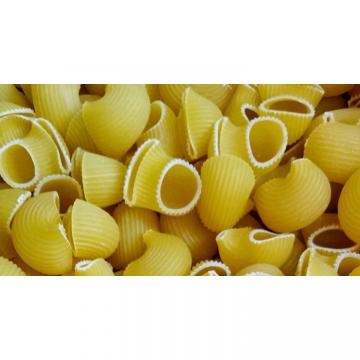



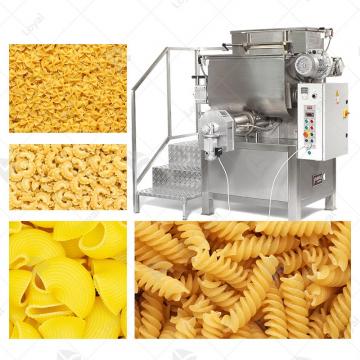
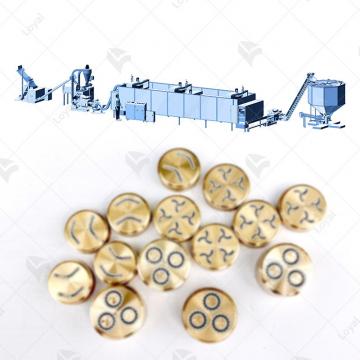 Pasta Processing Equipment
Pasta Processing Equipment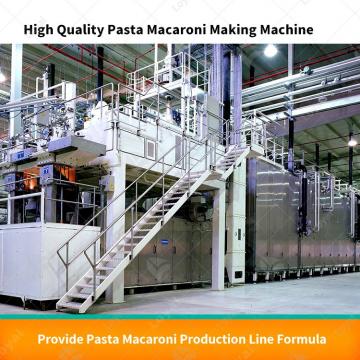 DRY PASTA PRESS MACHINE
DRY PASTA PRESS MACHINE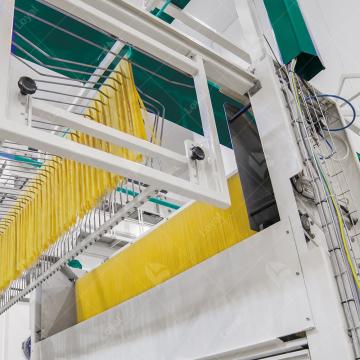 Long-Cut Pasta Production Line
Long-Cut Pasta Production Line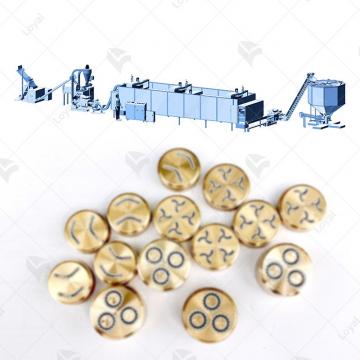 Short-Cut Pasta Production Line
Short-Cut Pasta Production Line